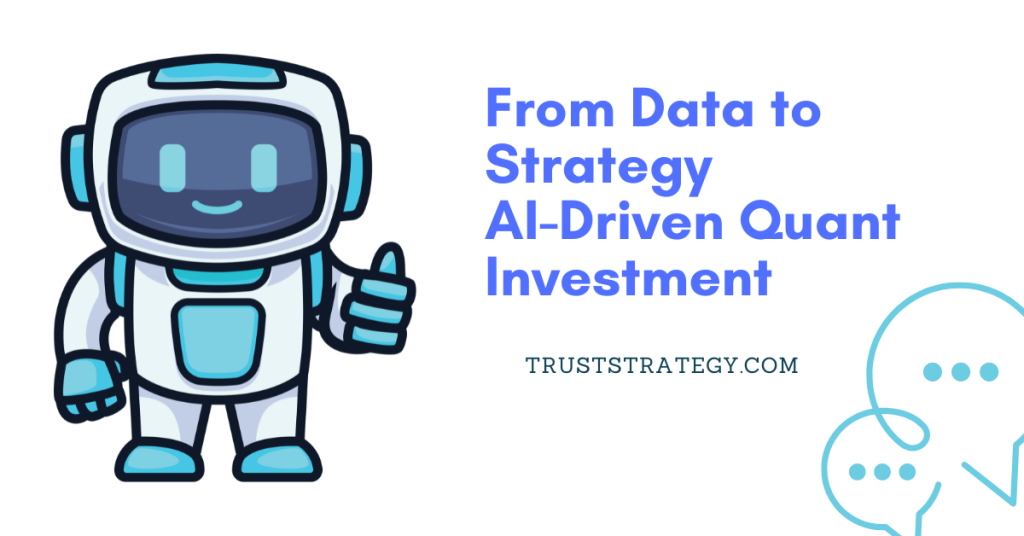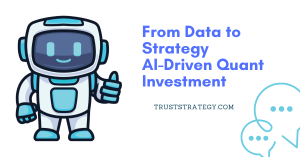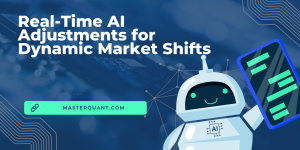Trading volume is one of the most critical metrics in the cryptocurrency market, offering insights into liquidity, investor sentiment, and market health. In 2025, with institutional investors now dominating trading activity, understanding volume dynamics has become even more important. Alongside volume analysis, advanced AI-powered trading platforms like MasterQuant and TrustStrategy are giving traders the edge to navigate markets more efficiently while minimizing risk.
What Is Crypto Trading Volume?
Trading volume represents the total amount of a cryptocurrency that changes hands between buyers and sellers over a specific period, usually 24 hours. It can be measured either by the number of tokens traded or by the total dollar value of trades. For example, if 1,000 Bitcoin are traded at $67,200 each, the trading volume would be 1,000 BTC or $67.2 million.
High trading volume generally indicates strong market interest and better liquidity, making it easier for traders to execute large transactions without significantly impacting the price. Conversely, low volume can signal limited liquidity and higher susceptibility to price manipulation.
How Trading Volume Is Calculated
Volume is aggregated from multiple sources:
- Centralized Exchanges (CEXs): Platforms like Binance, Kraken, and Coinbase report individual trading activity.
- Decentralized Exchanges (DEXs): Automated market makers like Uniswap and PancakeSwap contribute to overall volume.
- Over-the-Counter (OTC) Markets: Large off-exchange trades also factor into total volume.
Volume can be expressed in token quantity or total USD value, and most platforms standardize this over a 24-hour window for consistency.
Volume vs. Market Capitalization
The volume-to-market-cap ratio is a key indicator of liquidity and trading health. A healthy ratio ranges from 2% to 10%, suggesting balanced trading activity relative to the asset’s total value. Ratios above 10% may indicate speculation or manipulation, while ratios below 2% could signal weak interest or low liquidity.
Advanced Volume Analysis Techniques
Traders use sophisticated indicators to interpret trading volume:
- On-Balance Volume (OBV): Tracks accumulation and distribution by adding volume on up days and subtracting it on down days.
- Volume Profile: Highlights high and low volume nodes to identify strong support and resistance zones.
However, market manipulation remains a concern. Wash trading, multi-account strategies, and exchange-inflated reporting can create misleading volume signals, emphasizing the need for tools that verify and automate trading decisions.
AI Trading Bots and Volume Interpretation
Platforms like MasterQuant and TrustStrategy help traders leverage volume insights more effectively:
MasterQuant focuses on AI-powered arbitrage and passive income strategies, scanning multiple exchanges in real time to identify trading opportunities. Its dual-income model (arbitrage + staking rewards) allows traders to maximize returns while minimizing manual intervention. Features like intelligent rebalancing and a performance dashboard help manage risk and optimize strategies for 2025’s volatile market.
TrustStrategy, on the other hand, emphasizes secure, automated trading with advanced AI models. By analyzing on-chain signals, sentiment data, and technical indicators, it generates adaptive trading decisions. With multi-level risk configuration, encrypted API protection, and 24/7 monitoring, TrustStrategy ensures both profitability and security.
By combining volume analysis with AI-powered execution, these platforms enable traders to act quickly on market signals, avoid manipulation traps, and optimize performance across multiple exchanges.
Institutional Influence on Trading Volume
Institutional investors now account for roughly 90% of trading volume in mature crypto markets. Their presence has introduced larger trades, sophisticated algorithms, and derivatives strategies, contributing to higher liquidity and more reliable volume trends. Ethereum, for instance, recently saw weekly spot trading volume surpass Bitcoin, reflecting shifting market interest toward altcoins and Layer 2 developments.
Conclusion: Trading Volume, AI Bots, and Market Mastery
Understanding trading volume is crucial for assessing liquidity, confirming trends, and detecting potential manipulation. In 2025, with institutional players dominating volume and AI-driven bots like MasterQuant and TrustStrategy enabling smarter execution, traders are equipped to navigate markets with both precision and speed.
Whether you’re evaluating short-term trades or building long-term positions, combining volume insights with AI-powered trading automation offers a strategic advantage, allowing investors to maximize returns while minimizing risk in an increasingly complex crypto ecosystem.


